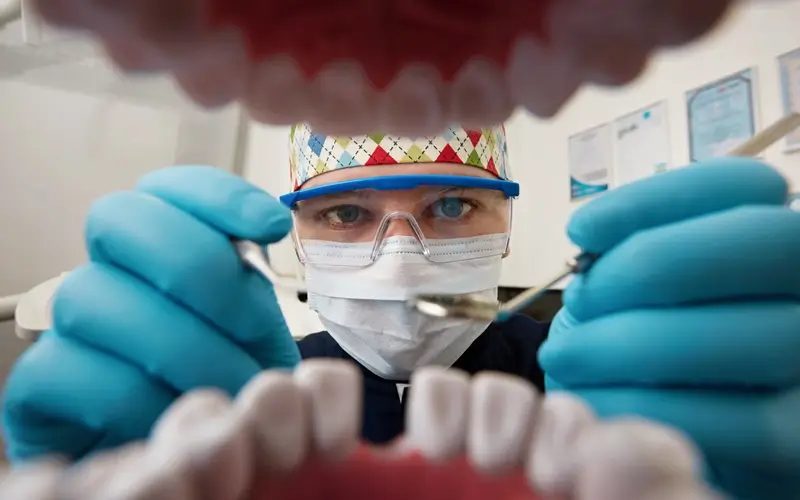Evaluating the mechanics of delivered treatment to reach a micron level of neatness in the restoration of teeth is not only cosmetic; it is a key determinant of clients’ oral health problems which many practitioners overlook. Here, one of the key instruments, which will be discussed in detail is the dental polisher. Dental polishers are one of the most crucial equipment in today’s world of dental practice, ranging from increasing the longevity of restorations to increasing patient satisfaction.
What Are Dental Polishers?
Polishing cups are rotary instruments whose function is to burnish and luster dental restorative materials including fillings, crowns, veneers, etc. They are spheres, brushes, cups, and points, with uses and constructed from silicone, diamond, or aluminum oxide. These instruments are designed in such a way that they eliminate micro-peaking or any other surface roughness and offer a polished-looking surface.
The versatility of dental polishers makes them a critical part of the finishing process. They not only enhance the appearance of restorations but also contribute to their longevity by reducing the risk of plaque accumulation and wear. This dual benefit underscores their importance in dental care.
Why Is Polishing Important in Dentistry?
Polishing is an essential phase in the fabrication of dental restorations because it influences the functional as well as esthetic properties of restorative materials. Gleam – again it facilitates less retention of plaque and bacteria hence less chance of secondary caries and gum inflammation. This is particularly so with restorative treatment patients whose restorations must match natural teeth as much as possible.
Dental polishers make it possible for the dentist to provide restorations that have a native-like sheen of enamel. Besides aesthetically correcting the look of the patient’s teeth, orthodontic treatment also increases the levels of confidence. In addition, improved esthetic outcomes are associated with more comfortable surfaces for patients by reducing rough surfaces that may cause inflammation to the tongue and soft tissues.
Types of Dental Polishers and Their Applications
There are various types of dental polishers which in turn have their own specialties depending on the type of dental material and process. Some of the most common types include:
- Silicone polishers: The ideal polishers for composite restorations, these give high luster and smooth finish.
- Diamond polishers: Coming in handy when dealing with such tougher materials as ceramic or zirconia, diamond polishers can be used to achieve an offered finish.
- Rubber polishers: They are – Instruments that can be used on various materials for example metal and amalgam.
- Brush polishers: These polishers are used mainly for final finishing though they are ideal for removing leftovers from remote corners.
The range of dental polishers offered guarantees that the dentists shall select the most appropriate equipment and tools for each procedure to provide the best solutions for the dental problems of the patients.
How Dental Polishers Improve Patient Outcomes
There is more to dental polishers than meets the eye – they serve more than aesthetic purposes. They also give smooth surfaces so that they do not attract plaque or bacteria to the remaining or the restored tooth structure which will in turn improve oral health. It also helps to make the restoration last longer and there is no need for further processing in the future.
To patients, a polished restoration is a comfortable one that also makes them feel good. We believe that the aesthetic characteristics of a well-polished tooth or restoration merged with the satisfaction from treatment add positive feelings and attitudes towards the planned treatment and dental care.
Conclusion
The dental polisher is currently among the essential instruments in the practice of dentistry as a result of the perfection of remedial and aesthetic therapies. The fact that they can beautify, complement, and improve the functionality of teeth makes them indispensable to any professional dentist.
Both for the dental professional who aims for perfect results and for patients who want to achieve dental health, the dental polishers are irreplaceable. Due to facilitating easy, long-lasting, and aesthetically appealing restorations, these tools are reportedly the best/worst of both worlds in dentistry.
